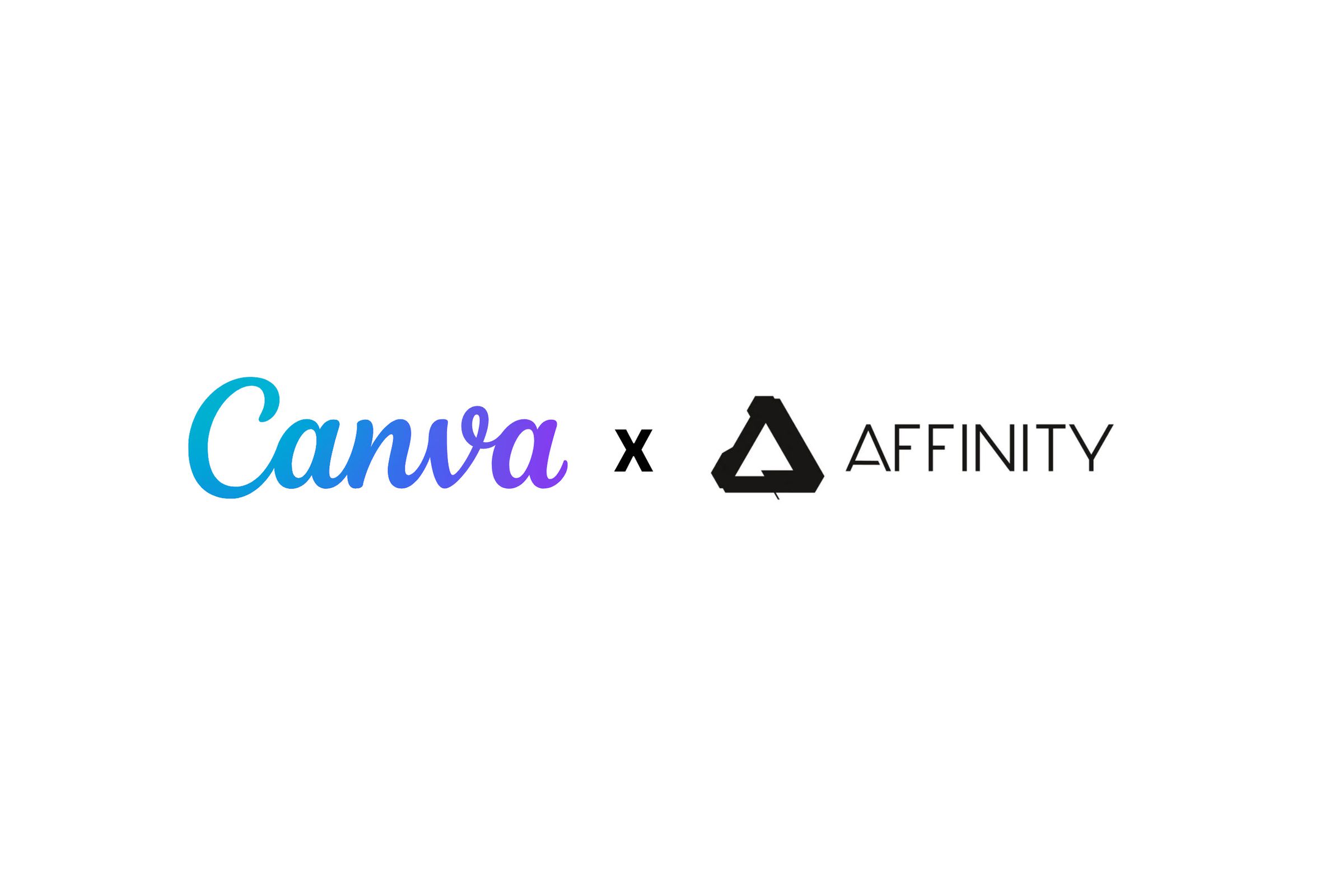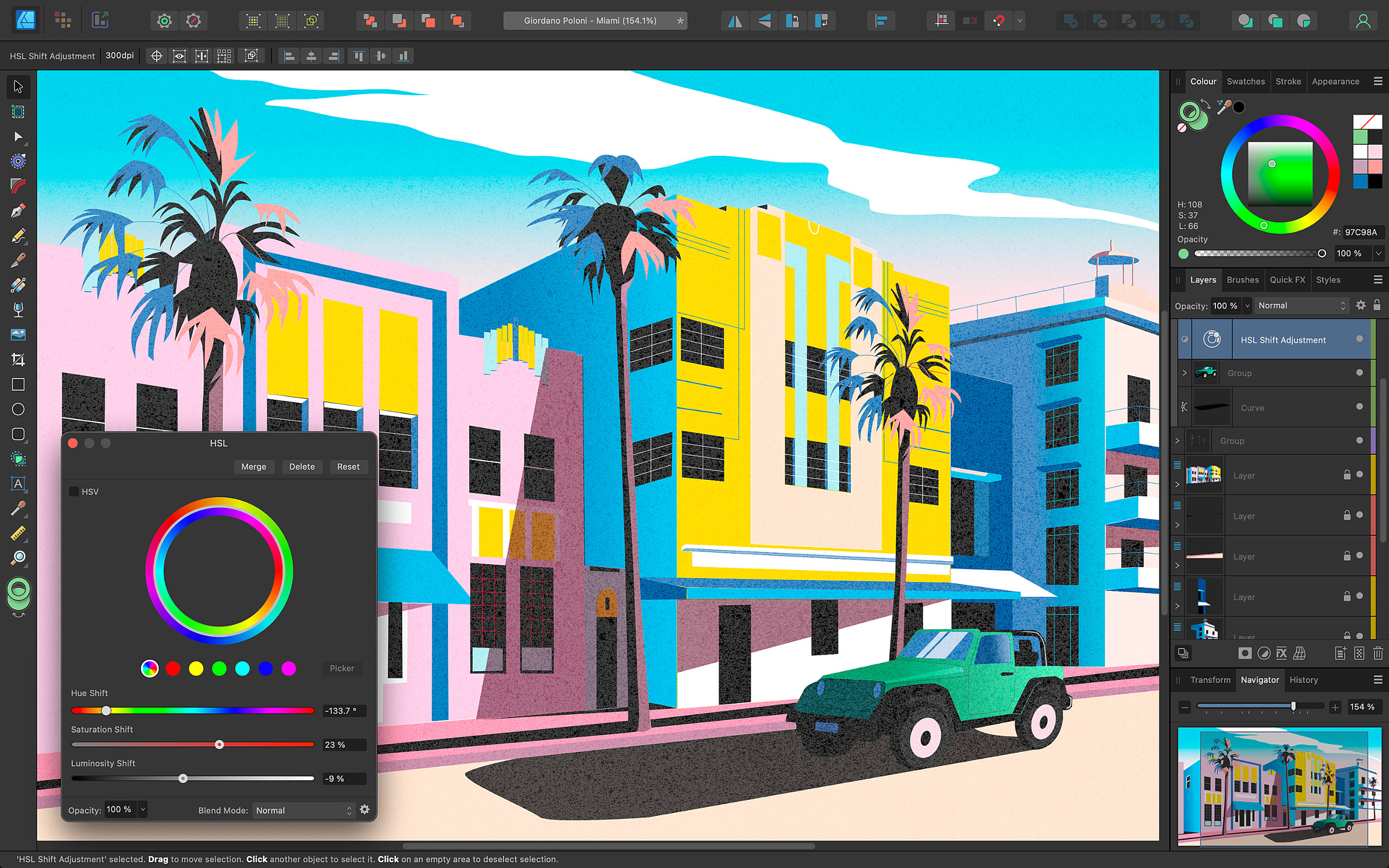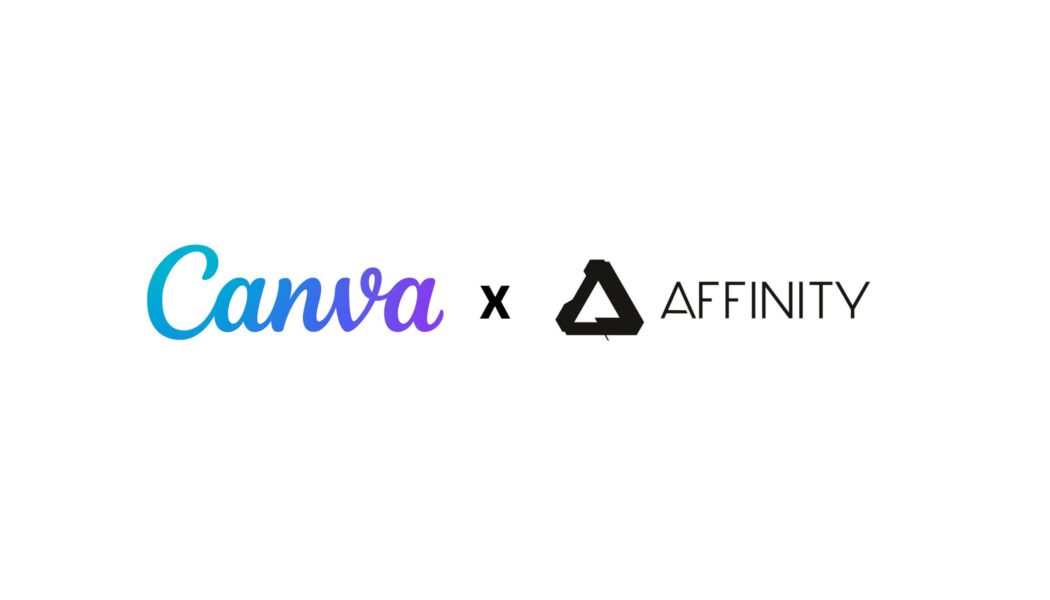Figures for the deal have not been disclosed, which includes Affinity’s Designer, Photo, and Publisher applications.
Share this story
See our ethics statement.

Web-based design platform Canva has acquired the Affinity creative software suite, positioning itself as a challenger to Adobe’s grip over the digital design industry. Canva announced the deal on Tuesday, which gives the company ownership over Affinity Designer, Photo, and Publisher — three popular creative applications for Windows, Mac, and iPad that provide similar features to Adobe’s Illustrator, Photoshop, and InDesign software, respectively.
Official figures for the deal have not been revealed, but Bloomberg reports that it’s valued at “several hundred million [British] pounds.” Nevertheless, the acquisition makes sense as the Australian-based company tries to attract more creative professionals. As of January this year, Canva’s design platform attracted around 170 million monthly global users. That’s a lot of people who probably aren’t using equivalent Adobe software like Express, but unlike Adobe, Canva doesn’t have its own design applications that target creative professionals like illustrators, photographers, and video editors.


“While our last decade at Canva has focused heavily on the 99 percent of knowledge workers without design training, truly empowering the world to design includes empowering professional designers too,” Canva said in a press release announcing the deal. “By joining forces with Affinity, we’re excited to unlock the full spectrum of designers at every level and stage of the design journey.”
Affinity apps are used by over three million global users according to Canva— that’s a fraction of Adobe’s user base, but Affinity shouldn’t be underestimated here. The decision to make its Affinity applications a one-time-purchase with no ongoing subscription fees has earned it a loyal fanbase, especially with creatives who are actively looking for alternatives to Adobe’s subscription-based design ecosystem.
In an interview with the Sydney Morning Herald, Canva co-founder Cameron Adams said that Affinity applications will remain separate from Canva’s platform, but that some small integrations should be expected over time. “Our product teams have already started chatting and we have some immediate plans for lightweight integration, but we think the products themselves will always be separate,” said Adams.
With Affinity and its 90 UK-based employees now on board, Canva has more opportunities to compete with Adobe across the wider creative software market. And given how attractive Canva’s simplicity-focused platform already is to creatives, it might have a real chance of luring away professionals who are tired of filling Adobe’s pockets.









